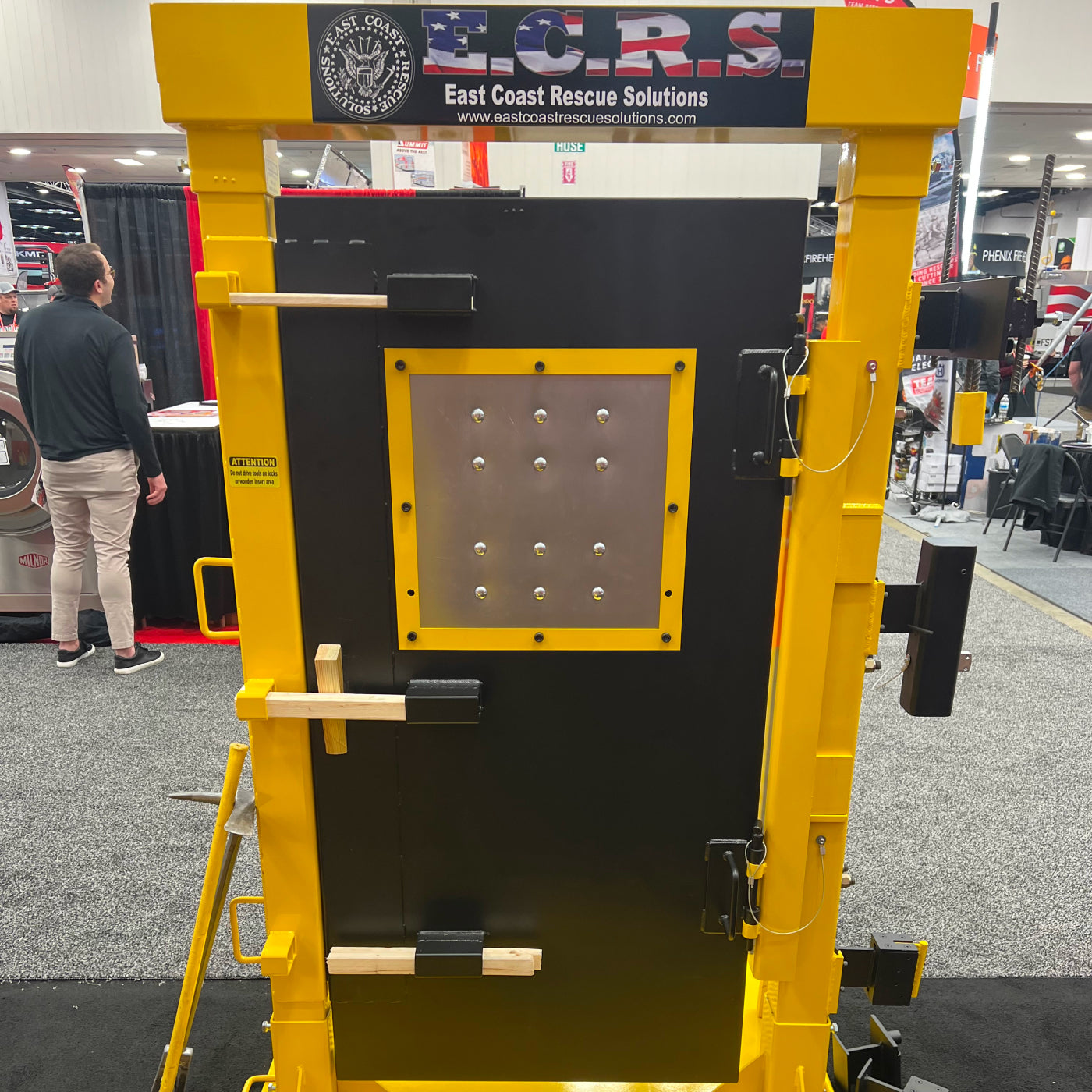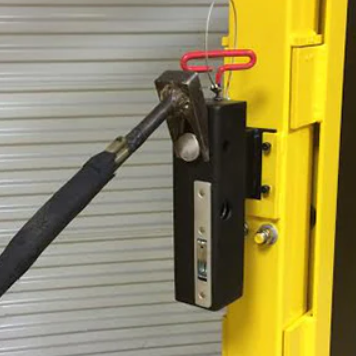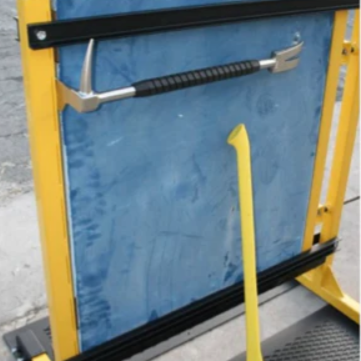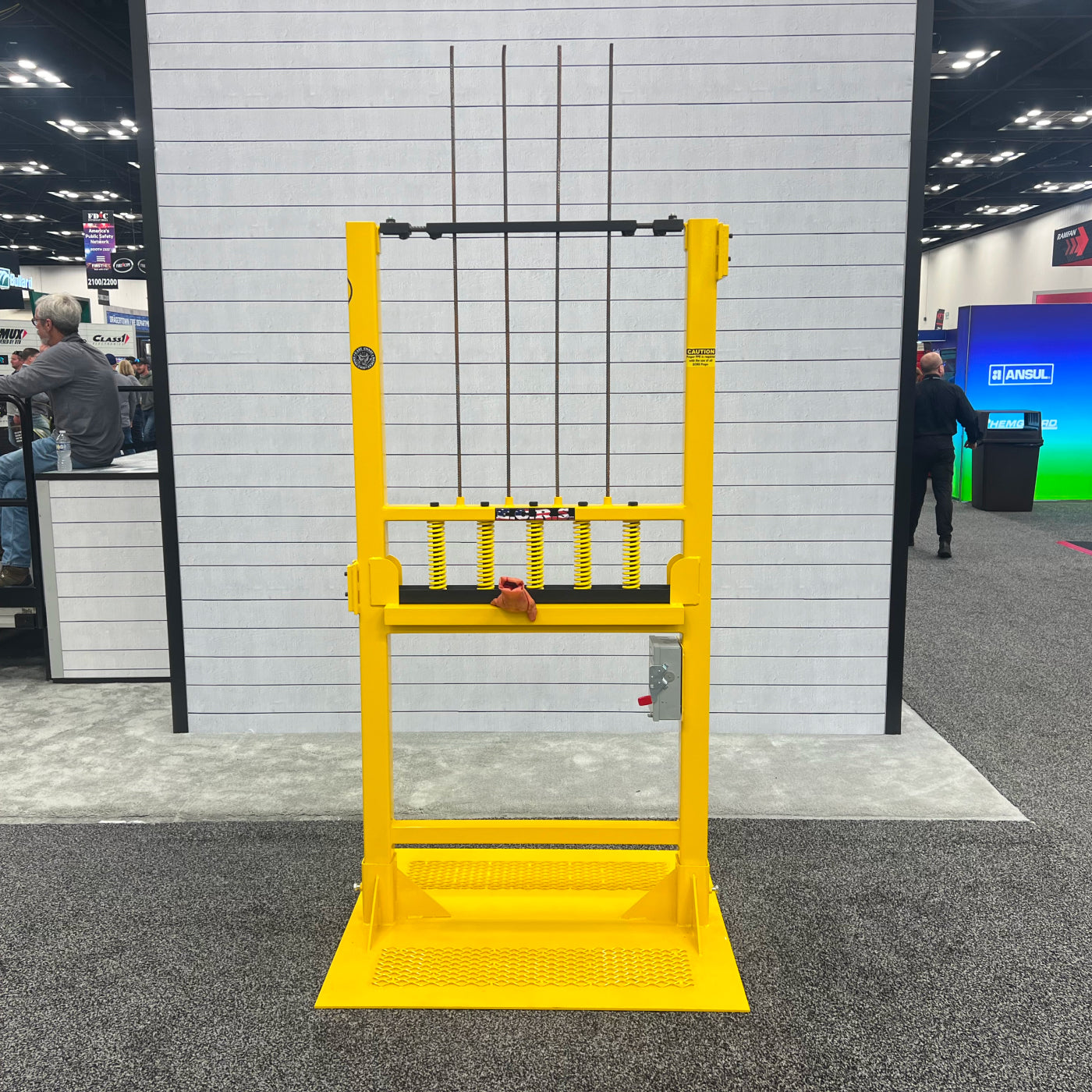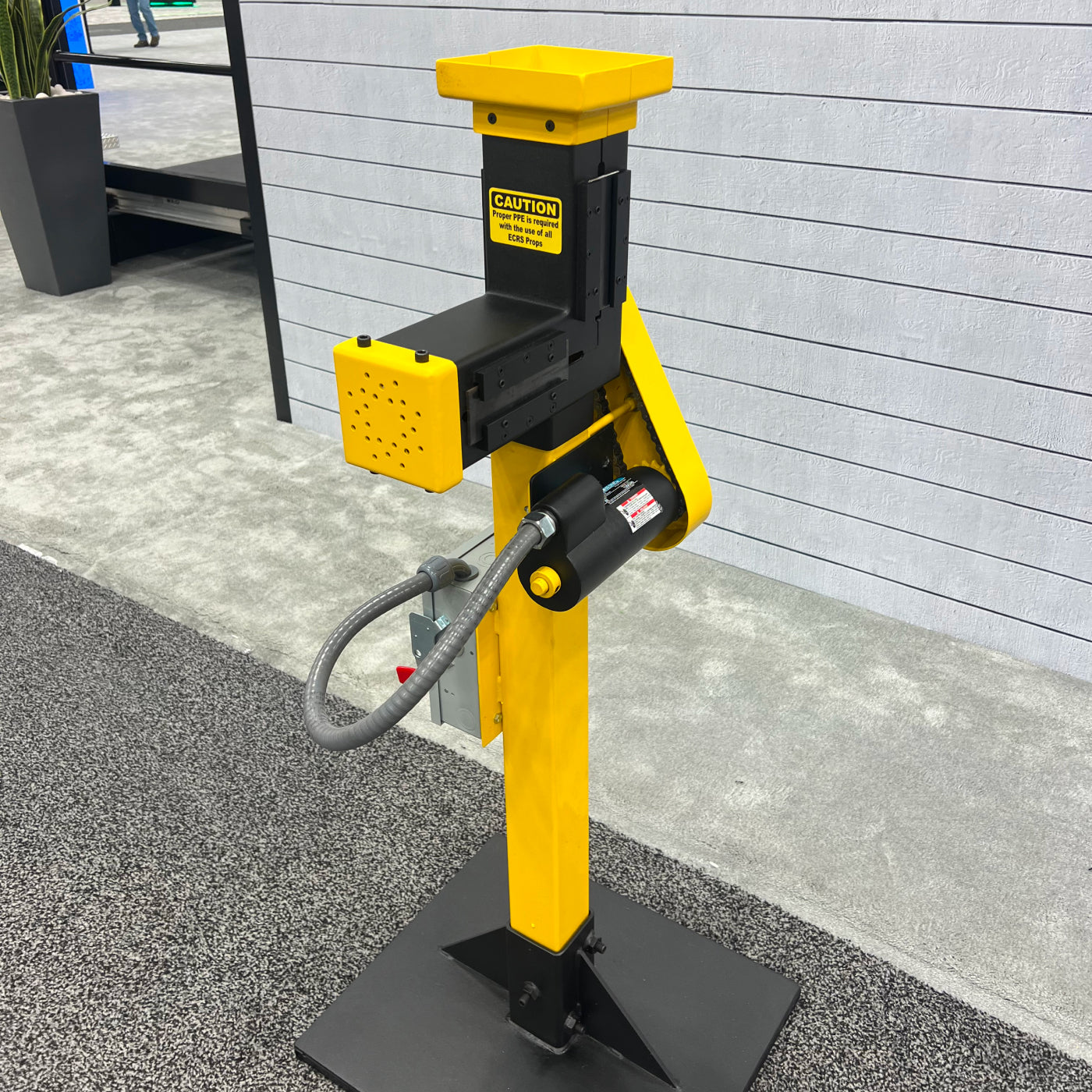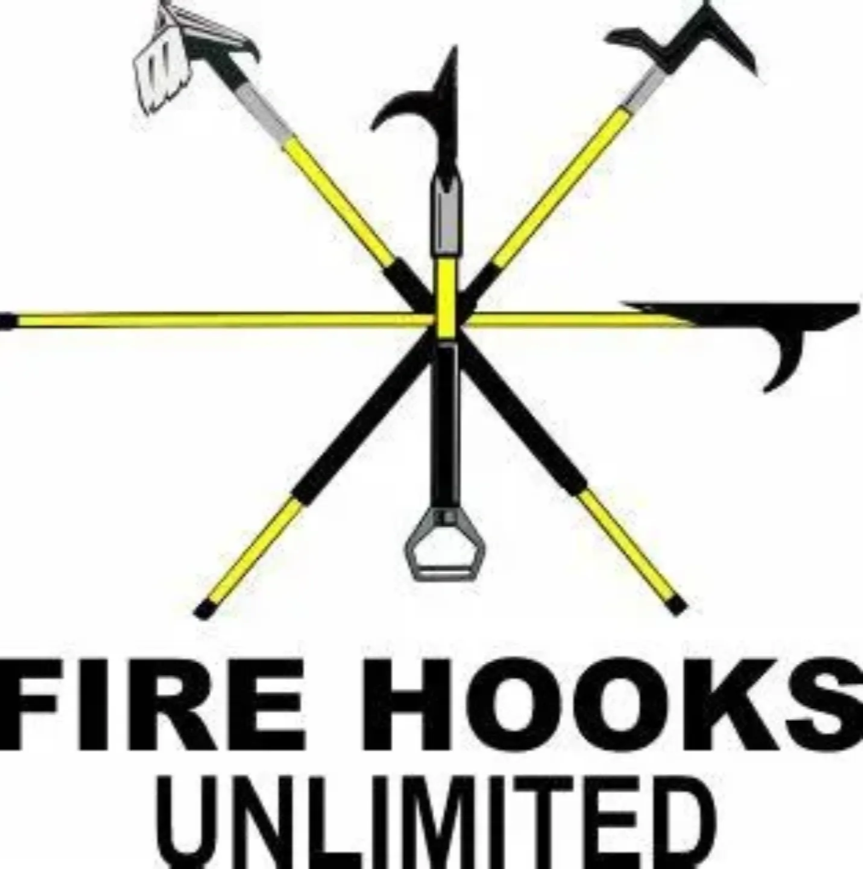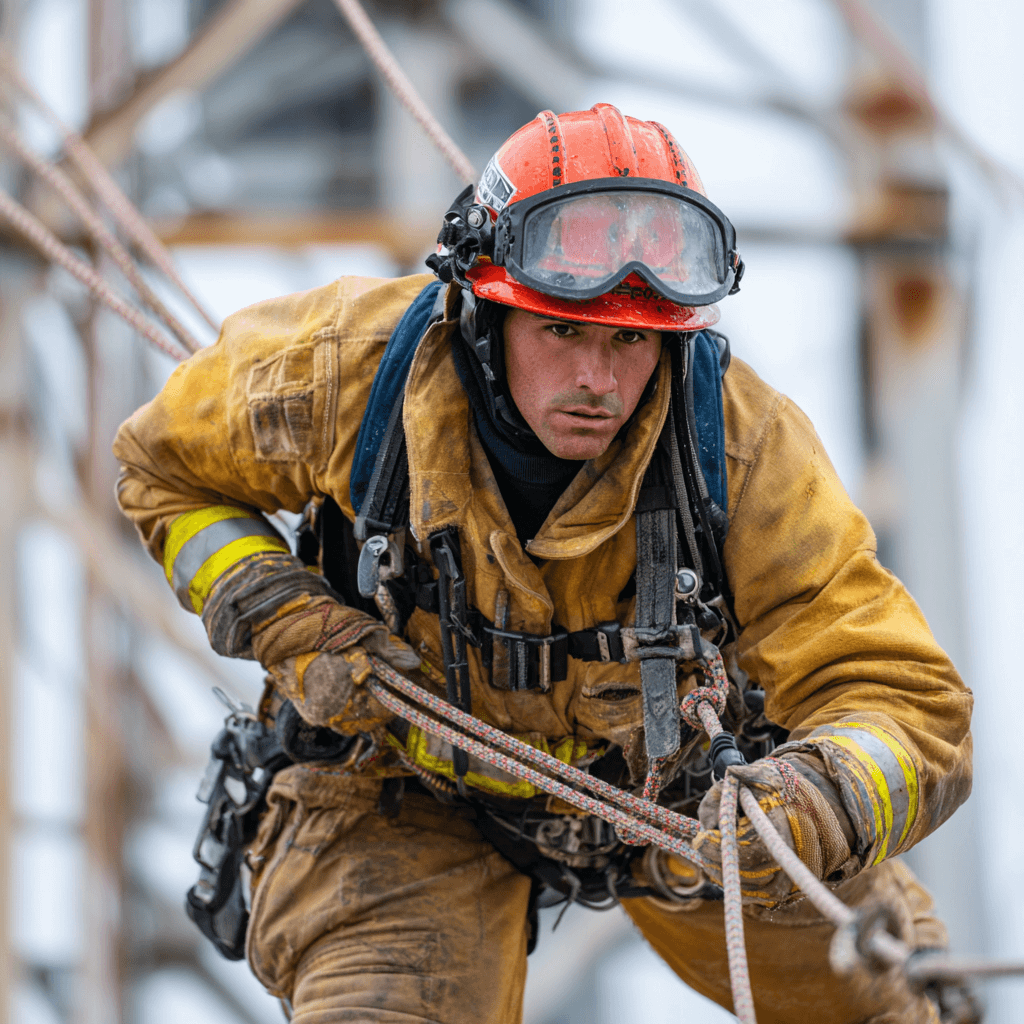When the situation turns critical and every second counts, a personal escape system (PES) can mean the difference between life and death for a firefighter.
Whether it’s a rapidly deteriorating fire condition, structural collapse, or getting cut off from an exit, having a PES allows you to escape quickly and safely.
But with so many options available, how do you choose the right system for your needs? This guide will walk you through everything you need to know about selecting the best PES, so you can stay prepared, protected, and confident in the field.
What is a Personal Escape System (PES)?
A personal escape system is an emergency tool that allows firefighters to exit dangerous situations, usually by rappelling from a building using an anchor system, rope, and descent device.
Key Components of a PES
✔ Anchor system – The secure attachment point, which could be a hook, carabiner, or anchor strap.
✔ Rope or webbing – Usually fire-resistant Kevlar or Nomex, designed to support the firefighter’s weight.
✔ Descent device – Allows controlled descent at a safe speed.
✔ Carabiners and connectors – Ensures secure attachment between components.
Why Every Firefighter Needs a PES
🔥 Firefighter fatalities from being trapped inside burning structures highlight the importance of having a self-rescue option.
🚒 NFPA 1983 sets the standard for firefighter escape systems, making it essential to use equipment that meets safety guidelines.
💪 A PES provides confidence and control in high-risk situations, allowing firefighters to make split-second decisions that can save their lives.
Types of Personal Escape Systems
Not all PES setups are the same. Understanding the different types can help you choose the best option for your gear and job requirements.
1. Integrated Systems vs. Standalone Systems
-
Integrated PES: Built into turnout gear, reducing the need to carry extra equipment.
-
Standalone PES: Carried separately and attached when needed, offering flexibility but requiring quick deployment skills.
2. Rope-Based vs. Webbing-Based Escape Systems
-
Rope-based: Often lighter and easier to manage in descent.
-
Webbing-based: Stronger and more fire-resistant, but bulkier than rope.
3. Automatic vs. Manual Descent Devices
-
Automatic devices control the descent speed without requiring constant manual adjustments.
-
Manual devices allow for controlled speed but require more skill to use effectively.
Key Factors to Consider When Choosing a PES
Before purchasing a PES, ask yourself:
✅ Weight and Portability – Will it add too much bulk to your gear?
✅ Ease of Use – Can it be deployed quickly under stress?
✅ Durability – Is it resistant to heat and flames?
✅ Compatibility with Turnout Gear – Does it integrate with your harness and belt?
✅ Training Requirements – How much practice will it take to use efficiently?
Popular Personal Escape Systems on the Market
|
Brand/Model |
Anchor Type |
Rope Type |
Descent Device |
Weight |
|
CMC Escape System |
Hook |
Kevlar Rope |
Auto |
3.2 lbs |
|
Carabiner |
Aramid Rope |
Auto |
3.8 lbs |
|
|
Hook |
Technora Rope |
Manual |
2.9 lbs |
|
|
RIT Escape Kit |
Strap |
Webbing |
Manual |
4.1 lbs |
🔥 Pro Tip: Choose a PES that balances safety, usability, and portability for your specific needs.
Training and Proper Use of a PES
You can have the best escape system in the world, but if you don’t know how to use it, it won’t save you.
Best Practices for PES Training
✔ Practice deploying your system in full turnout gear.
✔ Train in low-visibility, high-stress environments to simulate real-life conditions.
✔ Perform routine drills to keep your skills sharp.
🚨 Common Mistakes to Avoid:
❌ Not anchoring the system properly
❌ Misjudging descent speed
❌ Waiting too long to deploy the PES in an emergency
Maintenance and Inspection of Your PES
🔍 Regularly check for:
-
Frayed ropes or webbing
-
Cracks or wear on carabiners and descent devices
-
Damage to the anchor system
🧼 Cleaning & Storage:
-
Wipe down all metal parts to prevent rust.
-
Keep rope/webbing dry and stored in a cool, dark place.
-
Replace worn components immediately—your life depends on it!
Conclusion
Your personal escape system is your last line of defense in a life-threatening situation. Choosing the right PES means understanding your options, training regularly, and maintaining your equipment so it’s ready when you need it.

